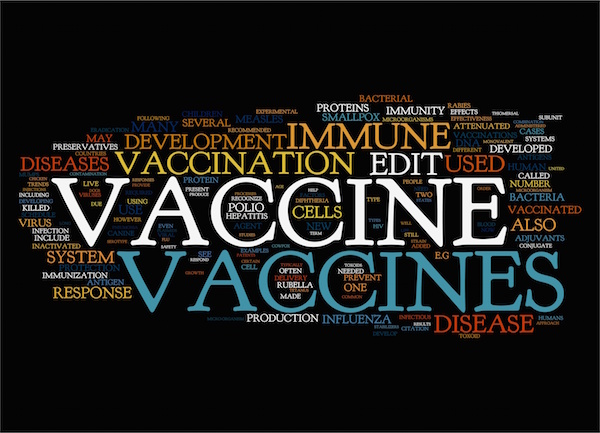WEDNESDAY, June 22, 2016 (HealthDay News) — Fears over birth defects from mosquito-borne Zika may be driving up abortion rates in Latin American countries affected by the virus, a new study finds.
In Brazil and Ecuador — where governments have issued health warnings on the danger to the fetus from maternal Zika infection — requests for abortion in 2016 have doubled from 2010 rates, researchers say.
The other 17 Latin American countries covered by the new study had their rates rise by more than a third during that time, according to the June 22 report in the New England Journal of Medicine.
The researchers noted that because data on family planning in Latin America is often hard to come by, their numbers may underestimate the surge in abortions since Zika’s emergence.
Their study relied on data from Women on Web, a widely used nonprofit online resource for women seeking abortions in Latin America. The group provides medical abortions for women in countries where safe abortions are not widely available.
“The World Health Organization predicts as many as 4 million Zika cases across the Americas over the next year, and the virus will inevitably spread to other countries,” noted study senior author Dr. Catherine Aiken, of the University of Cambridge in England.
“It isn’t enough for health officials just to warn women about the risks associated with Zika — they must also make efforts to ensure that women are offered safe, legal, and accessible reproductive choices,” Aiken said in a university news release.
The mosquito-borne Zika virus has struck countries around the world, and travelers have brought it to the U.S. mainland. The American territory of Puerto Rico is facing an especially high risk, potentially placing hundreds of pregnant women in jeopardy of delivering babies with debilitating birth defects.
But no nation has been more affected than Brazil. As a result of the Zika epidemic there, almost 5,000 babies have been born with a devastating birth defect known as microcephaly after their mothers were infected with Zika early in pregnancy.
In microcephaly, a newborn’s head is smaller than normal, with the potential for long-term neurological damage.
Just last Friday, the U.S. Centers for Disease Control and Prevention warned that infection rates are rising in Puerto Rico. Testing of blood donations in the U.S. territory — “our most accurate real-time leading indicator of Zika activity” — suggest that more and more people on the island have been infected, according to CDC Director Dr. Tom Frieden.
“Based on the best information available, Zika infections appear to be increasing rapidly in Puerto Rico,” he said in a media briefing.
“The real importance of this information is that in coming months it’s possible that thousands of pregnant women in Puerto Rico could become infected with Zika,” he stressed. “This could lead to dozens or hundreds of infants being born with microcephaly in the coming year.”
For weeks now, the percentage of blood donations testing positive for Zika has been increasing in Puerto Rico, reaching as high as 1.1 percent for the latest week of reporting, June 5-11, the CDC’s Morbidity and Mortality Weekly Report indicates.
However, only one in every five people infected with Zika develops any symptoms, making the virus difficult to track.
Zika is typically transmitted via the bite of the Aedes aegypti mosquito.
“Controlling this mosquito is very difficult,” Frieden said. “It takes an entire community working together to protect a pregnant woman.”
Because the virus remains largely undetected, it will be months before affected babies begin to be born, Frieden said. Some will have microcephaly or other brain-related birth defects. But many will appear healthy and normal, and there’s no way to know how they might have been affected, he added.
“We simply don’t know, and may not know for years, if there will be long-term consequences on brain development,” Frieden said.
No places in the continental United States currently have local transmission of Zika, the CDC said. But one blood bank, the Gulf Coast Regional Blood Center in Houston, has already started screening donations for Zika under the FDA’s investigational approval for a screening test for the virus.
The CDC has said it expects to see Zika infections in Gulf Coast states like Florida, Louisiana and Texas as mosquito season heats up.
Mosquito bites remain the typical way Zika is spread. But, transmission of the virus through sex is more common than previously thought, World Health Organizations officials have said.
Women of child-bearing age who live in an active Zika region should protect themselves from mosquitoes by wearing long-sleeved shirts and long pants, using mosquito repellent when outside, and staying indoors as much as possible, according to the CDC.
President Barack Obama has asked Congress to allocate $1.9 billion to combat the Zika threat, but lawmakers have yet to agree on a spending package.
More information
Visit the U.S. Centers for Disease Control and Prevention for more on the Zika virus.
This Q&A will tell you what you need to know about Zika.
To see the CDC list of sites where Zika virus is active and may pose a threat to pregnant women, click here.
Copyright © 2025 HealthDay. All rights reserved.

